April 11, 2024
Nestled in a beautiful green valley, surrounded by dramatic mountains, our journey into the past began with an exploration of Camp Ferramonti and the stories within it, waiting to be shared by us. On arrival we were greeted by Sarah, a dedicated volunteer, who gave us a guided tour of the site. We began our tour at the old commanders’ area, starting with the wooden scale model. Accompanied by well-preserved documents and objects in displays and reconstructed beds, many photographs and artworks served as windows into the souls and stories of those who once lived here. Kasper, with his eye for detail, embarked on a mission to plan how to capture the essence of the buildings. His work, aimed at scanning both the interiors and exteriors, is crucial to our project of digitally reconstructing the camp’s architecture and offering future generations a glimpse of its past.
As we left the commander’s area and crossed the newly built motorway through an underpass, we were greeted by a pastoral scene – green fields flanked the road, and a group of curious brown donkeys and a horse followed our progress. The remains of the barracks peeked through the branches and greenery, guarded by them and by packs of dogs belonging to the farmhouses that now stand where 46 barracks once stood. Our exploration of these ruins gave us a basic understanding of the camp’s layout and the task of virtual reconstruction that lies ahead. Before breaking for lunch of enthusiastic Italian hospitality, we paid our respects at the cemetery and took a moment to reflect on the lives of the inmates who had died at the camp. Kasper’s first 3D scans of the graves of the 12 Jewish prisoners buried there marked the beginning of our efforts to immortalise their stories.
Our lunch table was completed by, Simona our contact and host in Ferramonti. Sharing our initial findings with her, we laid out our plans for the coming days. Fuelled by her insights and our shared passion for preserving stories about the former inmates, we will discuss and develop ideas further with Simona and her colleagues.
As the afternoon wore on, we dispersed in different directions, each immersed in our own tasks. Kasper and Gunnhild worked in harmony, orchestrating iPad scanning at the camp and drone flights over the cemetery for photogrammetric 3D modelling, while Chris measured the buildings to ensure every detail was captured for his 3D reconstruction of the former barracks.
Our day at the camp was not just about documenting and preserving history; it was a journey of discovery, where encountered details sparked new questions and ideas. The experience strengthened our collective commitment to uncovering and sharing the intertwined histories of the camp and its surrounding community, and to highlighting the enduring connection between them. As the sun set over the valley, we left the camp with a deep sense of purpose and anticipation for the days ahead. Our initial exploration laid the groundwork for a project that promises to bridge past and present, ensuring that the stories of resilience, hope and humanity that the Camp Ferramonti di Tarsia holds are never forgotten.



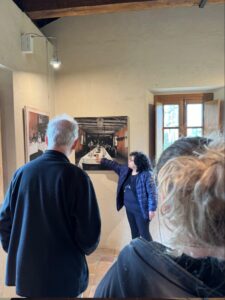
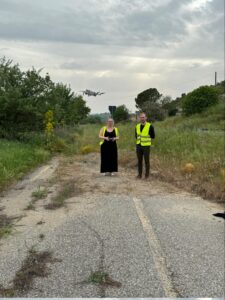
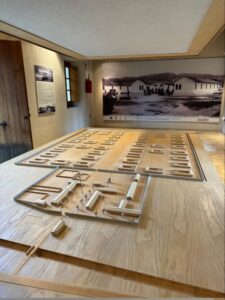


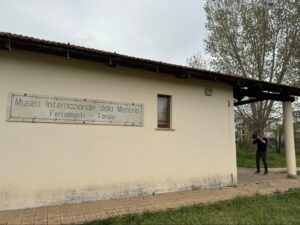




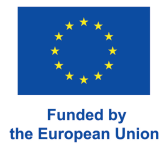
One response
Your article demonstrates an exceptional level of professionalism and expertise. The thoroughness and depth with which you have covered the topic are truly impressive. Readers will greatly benefit from the valuable insights and practical advice you have shared. The clarity of your understanding is evident throughout the entire piece. I anticipate more of your high-quality work in the future. Thank you for offering your profound knowledge and providing such a detailed and enlightening resource.